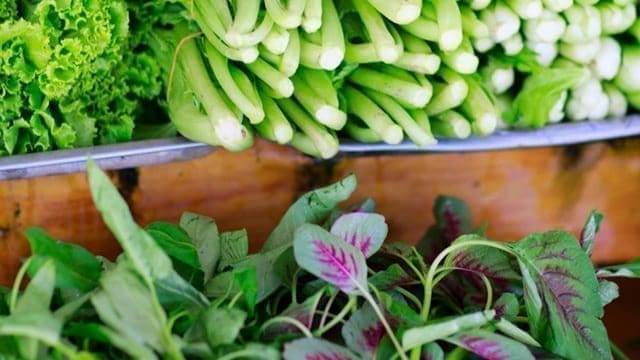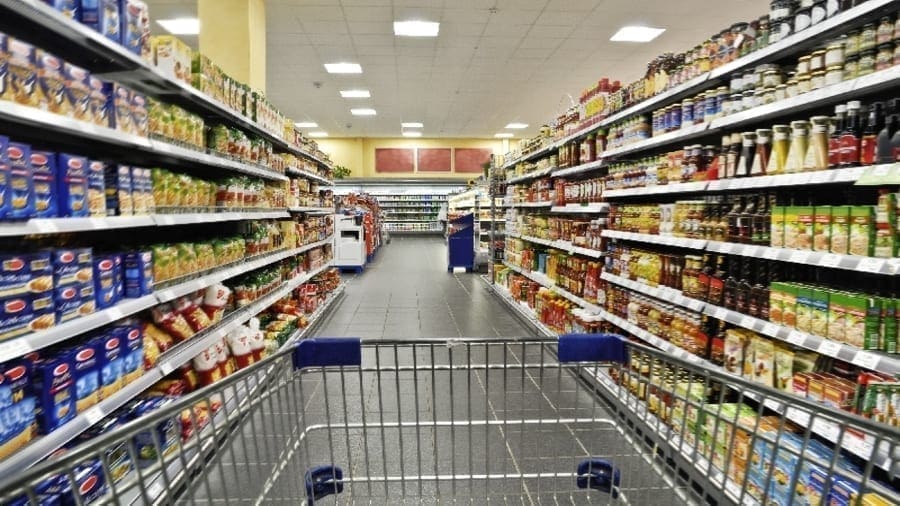USA – The Coronavirus pandemic has had far reaching impacts on different farming communities in the United States, even as the government ramps up efforts to ensure the pandemic doesn’t trigger consumer food shortages as meat packers shutter, dairy producers dump milk, and farmers struggle to find workers to harvest, plant and deliver crops.
According to a report by agriculture data platform, Gro Intelligence, counties in the U.S. that primarily grow corn and soybeans have experienced much higher rates of COVID-19 cases compared to areas growing wheat, barley, and other crops.
Gro Intelligence has combined county level crop-production data on the Gro platform alongside county-level tallies of COVID-19 cases to estimate the relative impact of the disease on the production of various row crops.
The agricultural data and analytics company says that similar computations can be applied to all 10,000+ crops and agricultural products covered in Gro on a global basis.
Data released by the company on Covid-19 case rate weighted by crop production on a county level shows that counties growing corn and soybeans have registered the highest number of cases, at more than 60% higher that of wheat farming regions.
“What we see… is that corn and soybean production areas in the US have the worst average case rates, both around 1,185 COVID-19 cases per million population as of April 25,” the company said in an update.
By contrast Gro Intelligence observes that areas primarily growing winter wheat have about 789 cases per million population, while spring wheat growing areas have only 428 cases.
Some of the hardest hit corn-growing areas include Dawson and Hall counties in Nebraska, with COVID-19 cases in excess of 5,000 per million population while for soybeans, Tama and Louisa counties in Iowa have case rates in excess of 15,000 per million, data from the company shows.
Spring wheat areas have suffered lightly so far, with some of the highest rates in Cass and Slope counties in North Dakota below 2,500 per million, and many producing counties without a single confirmed case.

Notably, Gro Intelligence indicates that rural America in general has had significantly lower rates of COVID-19 than the United States at large.
The United States, just like most other countries, has experienced significant supply chain disruptions caused by the spread of coronavirus making it harder for farmers across the globe to deliver food to consumers.
Most recently, the U.S. Department of Agriculture announced that it will spend up to US$19 billion under the Coronavirus Food Assistance Program (CFAP) to bolster the nation’s food supply chain against the impacts of the coronavirus outbreak.
USDA reveled that it will dispense US$16 billion in direct grants to farmers and ranchers who are suffering as a result of the COVID-19 pandemic.
Of this package, US$9.6 billion will be directed toward the livestock industry, US$3.9 billion toward producers of row crops, another US$2.1 billion towards specialty crop producers and US$500 million towards producers of all other crops.
USDA further announced that it will partner with regional and local food distributors to purchase US$3 billion worth of produce, dairy and meat form farmers.











